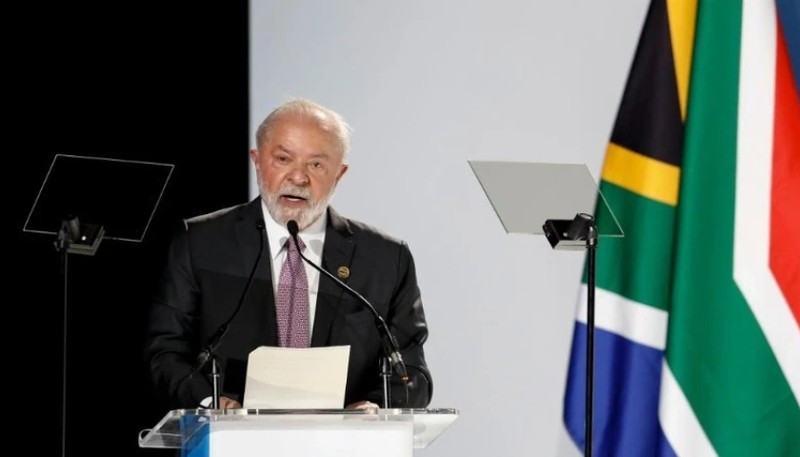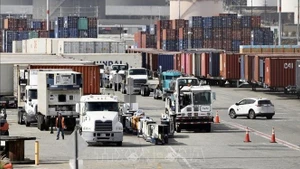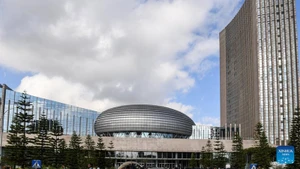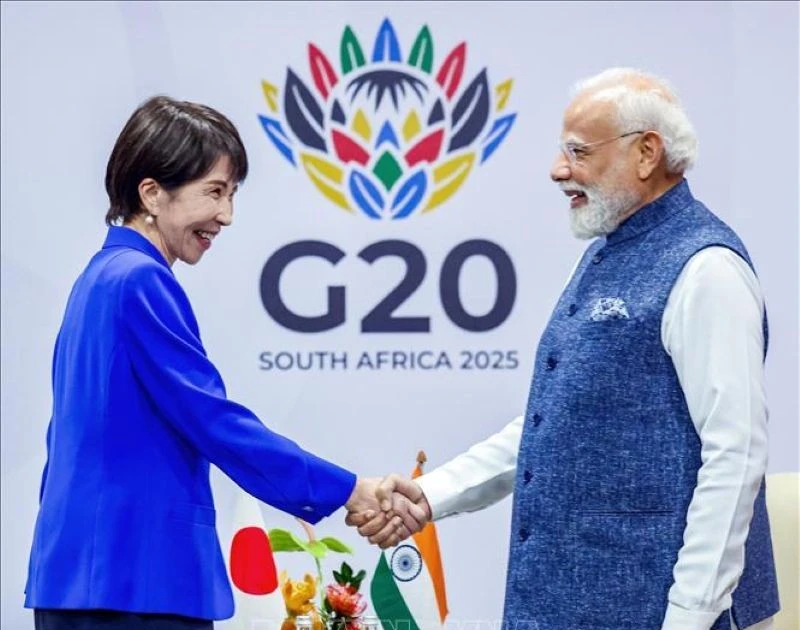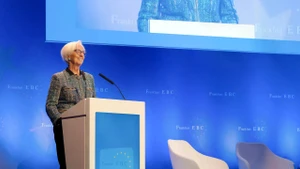The plan is expected to be adopted at the fourth ministerial meeting of the China-CELAC (Community of Latin American and Caribbean States) Forum, which opens on May 13 in Beijing.
According to China’s Ministry of Foreign Affairs, the new plan outlines specific measures to advance bilateral cooperation in various areas, including scientific and technological innovation, economic and trade investment, finance, infrastructure, agriculture and food, digital industry, and energy development. Both parties are committed to peace, development and cooperation between China and the Latin American-Caribbean region.
With nearly 20 foreign ministers and high-ranking officials from Latin America and the Caribbean in attendance, the event marks the 10th anniversary since the formal establishment of the China-CELAC Forum in 2015 in Beijing. The forum has become the first multilateral platform comprising China and 33 nations from the region.
This marks a significant milestone in China’s cooperation with the Latin American-Caribbean region, elevating bilateral relations to a new stage characterised by equality, mutual benefit, innovation, openness, and tangible benefits for the people.
China regards Latin America and the Caribbean as a key region for promoting Global South cooperation and an important force for upholding global peace and development. Despite geographical distance, both sides are keen to deepen cooperation and approach their relationship from a strategic and long-term perspective.
Over the past decade, China’s relations with the Latin American-Caribbean region have made notable strides. China has become a crucial partner in finance and investment, contributing to development and prosperity across many countries in the region.
At present, China is the second-largest trading partner of Latin America and the Caribbean, and the leading partner for countries such as Chile, Brazil and Peru. Among the nations in the region, five — Chile, Peru, Costa Rica, Ecuador and Nicaragua — have signed free trade agreements with China.
As early as 2015, Beijing set a target of raising bilateral trade with the region to 500 billion USD annually and cumulative investment to 250 billion USD over ten years.
By 2024, trade volume between China and the Latin American-Caribbean nations had surpassed 500 billion USD. To date, China has signed mutual visa exemption agreements with seven countries in the region, while citizens of Brazil, Argentina, and Chile benefit from China’s 240-hour visa-free transit policy.
Notably, in 2023, China’s direct investment in Latin America and the Caribbean reached 600.8 billion USD, making it Beijing’s second-largest investment destination globally.
China and the Latin American-Caribbean nations account for one-fifth of the world’s land area, one-quarter of the global population, and one-quarter of global GDP. As such, their cooperation has the potential to create one of the most dynamic and promising regions in the world. With a combined population of around 2 billion people, China and the Latin American-Caribbean countries form a vast trans-Pacific market with immense potential, becoming a powerful driver of global development.
The two sides are well-placed to complement each other’s economic and trade strengths and tap into vast potential for cooperation in key sectors such as critical minerals, infrastructure, industrial and supply chains, renewable energy, and high technology.
Taking place amid global volatility, the fourth ministerial meeting of the China-CELAC Forum is not only an opportunity for China and the Latin American-Caribbean region to reinforce political trust but also to discuss development strategies for shared prosperity.
It is also a chance to promote solidarity among developing countries and to project a strong, unified voice from the Global South on the international stage.
